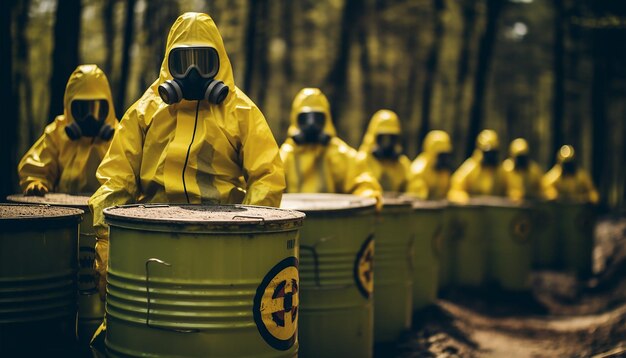Hazardous Area Instrumentation Training 1st – 5th September 2025
- Description
- Reviews
Introduction:
Hazardous Area Instrumentation Training is a specialized course designed to provide knowledge and skills related to installing, maintaining, and inspecting instrumentation and control systems in hazardous areas. These are areas where there are risks of explosions or fire due to the presence of flammable gases, vapors, or dust.Hazardous Area Instrumentation Training is a specialized course designed to provide knowledge and skills related to installing, maintaining, and inspecting instrumentation and control systems in hazardous areas. These are areas where there are risks of explosions or fire due to the presence of flammable gases, vapors, or dust.
Course Objectives:
1. Understanding Hazardous Areas:
-
Provide a clear understanding of hazardous area classifications, including gas and dust explosion risks.
-
Identify different zones (Zone 0, Zone 1, Zone 2 for gas; Zone 20, Zone 21, Zone 22 for dust) based on the likelihood of explosive atmospheres.
2. Familiarization with Standards and Regulations:
-
Gain knowledge of relevant international and national standards (e.g., IECEx, ATEX, NEC).
-
Understand compliance requirements and legal obligations for working in hazardous environments.
3. Equipment Selection and Application:
-
Learn how to select appropriate instrumentation and control systems for hazardous areas (explosion-proof, flameproof, intrinsically safe, etc.).
-
Understand the types of protection (Ex d, Ex e, Ex i, Ex n, etc.) and how they relate to equipment safety.
4. Installation and Wiring Practices:
-
Understand the correct installation methods for hazardous area equipment.
-
Learn about proper cable routing, gland sealing, and protection techniques.
5. Maintenance and Inspection Procedures:
-
Develop skills to safely maintain, inspect, and test equipment in hazardous areas.
-
Learn how to apply preventive maintenance and carry out routine inspections according to international guidelines.
6. Intrinsic Safety:
-
Understand intrinsic safety (IS) principles and how to apply them in instrumentation.
-
Analyze IS barriers and galvanic isolators and their role in preventing sparks or excessive heat.
7. Documentation and Record-Keeping:
-
Learn how to document hazardous area installations and inspection activities for legal and safety compliance.
8. Risk Assessment and Hazard Mitigation:
-
Conduct risk assessments in hazardous areas to ensure safety.
-
Learn how to design mitigation strategies to reduce risks of explosions or other hazards
Course Contents:
1. Introduction to Hazardous Areas:
-
Definition and overview of hazardous areas.
-
Explosive atmospheres, gases, vapors, and dust.
2. Hazardous Area Classification:
-
Gas and dust classification.
-
Zone definitions and examples.
3. International Standards and Certification:
-
Overview of ATEX, IECEx, and NEC.
-
Compliance, certification, and regulatory bodies.
4. Types of Protection for Electrical Equipment:
-
Explosion-proof, flameproof, intrinsic safety, increased safety.
-
Other types of protection (pressurized systems, non-sparking).
5. Intrinsic Safety (IS) in Instrumentation:
-
Understanding IS design principles.
-
IS barriers, zener diodes, and galvanic isolators.
6. Selection of Hazardous Area Equipment:
-
Criteria for selecting equipment for various zones.
-
Identification of Ex markings and labels.
7. Installation Practices in Hazardous Areas:
-
Best practices for cable routing, gland installation, and sealing.
-
Grounding and bonding techniques.
8. Maintenance and Inspection:
-
Periodic inspection types (visual, close, and detailed).
-
Maintenance strategies for electrical and instrumentation equipment.
9. Safety Procedures and Risk Management:
-
Safety protocols for working in explosive environments.
-
Practical risk assessment exercises.
10. Practical Workshop and Case Studies:
-
Hands-on exercises on installing and inspecting equipment.
-
Case studies of incidents and preventive actions.
Target Audience
-
This course is designed for:
-
Electrical and instrumentation engineers.
-
Maintenance personnel.
-
Safety professionals.
-
Project managers and supervisors working in hazardous areas.
By the end of the course, participants should be able to apply safe working practices, perform effective maintenance and inspections, and select proper equipment for hazardous areas to ensure workplace safety and compliance with international standards.
By the end of the course, participants should be able to apply safe working practices, perform effective maintenance and inspections, and select proper equipment for hazardous areas to ensure workplace safety and compliance with international standards.





